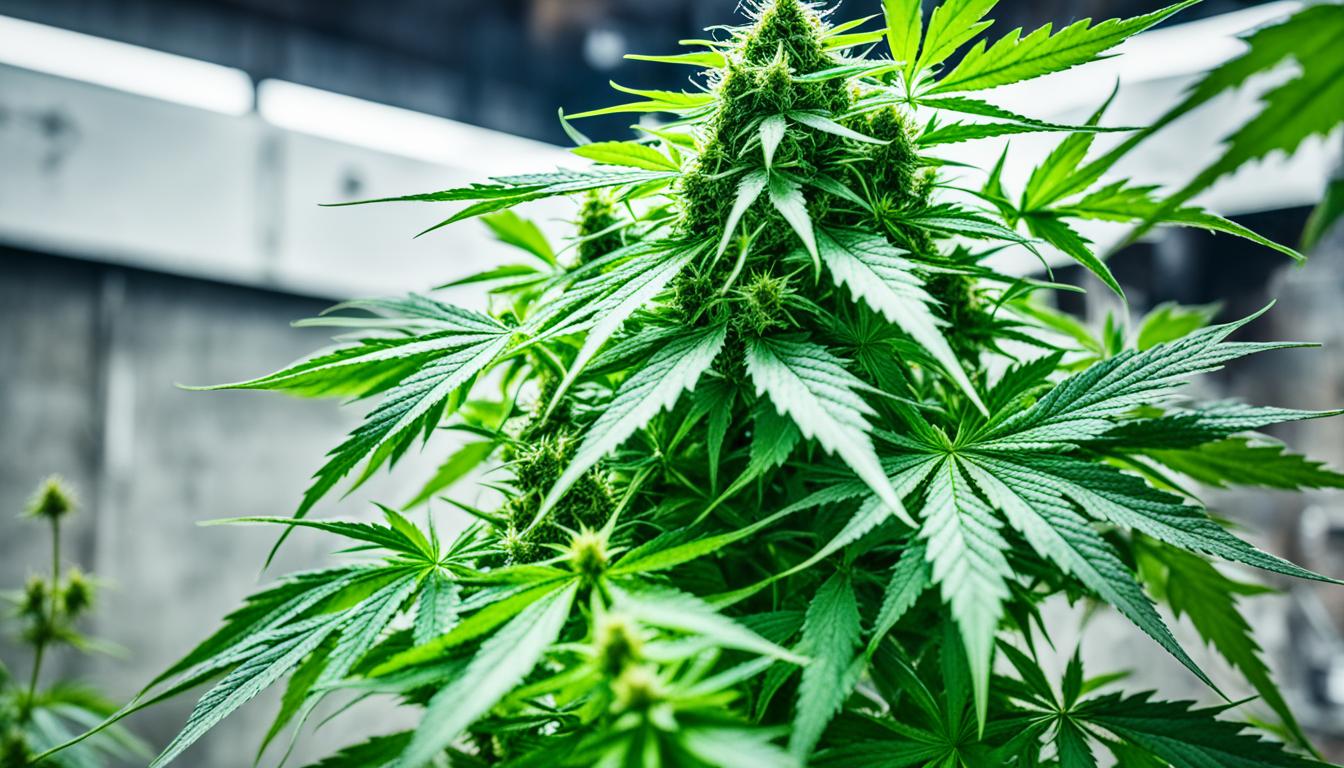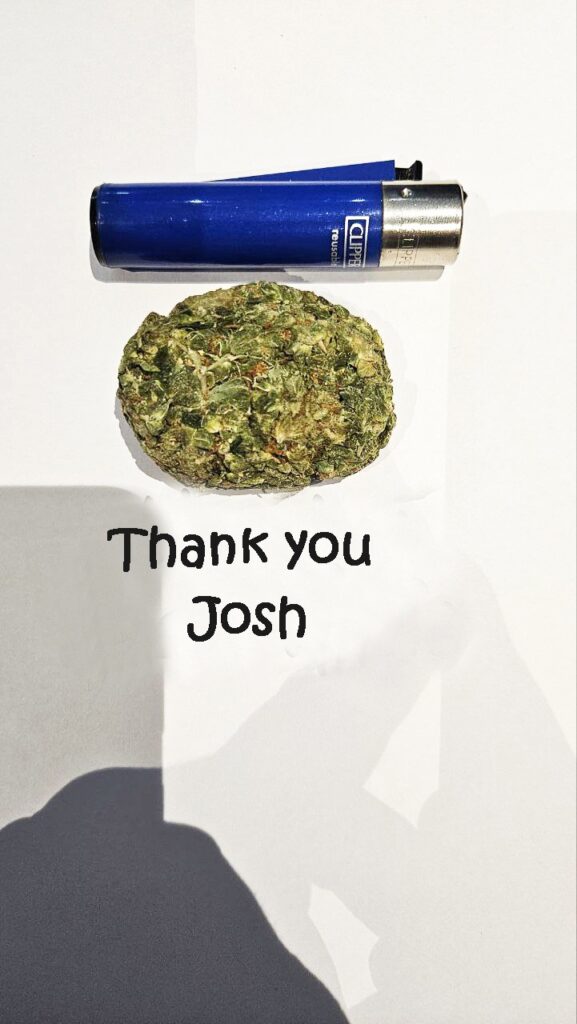Cannabis Culture in Chimaltenango, Guatemala: A Comprehensive Exploration

Introduction
Chimaltenango, a picturesque department in Guatemala nestled between the Sierra Madre mountains and the lush valleys of the central highlands, boasts a rich cultural heritage and vibrant community. While known for its historical significance, agricultural activities, and stunning landscapes, Chimaltenango also has a growing narrative surrounding cannabis. This article explores the historical context, current legal status, social attitudes, underground markets, and future prospects of cannabis in Chimaltenango, offering a comprehensive view of its role in the local community.
1. Historical Context of Cannabis in Guatemala
1.1 Ancient and Indigenous Uses
Cannabis, though not native to the Americas, has roots that intertwine with various cultures over centuries.
- Pre-Columbian Period: Indigenous groups in Guatemala utilized various plants for medicinal, spiritual, and practical purposes long before European colonization. The arrival of the Spanish introduced cannabis to the region, primarily for its fibers used in textiles and ropes.
- Cultural Significance: The use of cannabis was not widespread initially, but its psychoactive properties began to be acknowledged over time, leading to its incorporation into local folklore and medicinal practices.
1.2 Colonial Era and Prohibition on weed in Chimaltenango
With the arrival of the Spanish, attitudes toward various plants shifted significantly.
- Introduction of Cannabis: Cannabis was brought to the Americas as a useful agricultural crop. Its psychoactive properties, however, were often met with skepticism and disdain, as European colonizers viewed it as associated with indigenous peoples and their traditional practices.
- Legal Criminalization: By the mid-20th century, cannabis had become a target in the broader War on Drugs, leading to its criminalization in Guatemala. This period marked the beginning of severe penalties for cannabis possession and cultivation, reflecting a shift toward prohibitionist policies.
2. Current Legal Landscape
2.1 Cannabis Laws in Guatemala
The legal status of cannabis in Guatemala is characterized by strict prohibitions.
- Criminalization: Cannabis remains illegal in all forms, classified as a controlled substance. The penalties for possession, cultivation, and distribution can be severe, including imprisonment and hefty fines.
- Limited Medical Use Legislation: In recent years, there have been discussions about the potential for medical cannabis legalization. However, comprehensive legislation has yet to be established, leaving many patients without access to alternative treatments.
2.2 Enforcement in Chimaltenango on weed in Chimaltenango
Local law enforcement plays a pivotal role in enforcing cannabis laws, impacting the community dynamics in Chimaltenango.
- Police Actions: Law enforcement in Chimaltenango actively monitors cannabis use and distribution, conducting raids and arrests. This can create a climate of fear, discouraging open discussions about cannabis use and its potential benefits.
- Impact on Communities: Aggressive enforcement can strain relationships between law enforcement and community members. This often leads to distrust, making individuals reluctant to report crimes or cooperate with police efforts.
3. The Underground Cannabis Scene
3.1 Prevalence of Use on weed in Chimaltenango
Despite the legal restrictions, cannabis use remains prevalent in Chimaltenango, particularly among younger generations.
- Cultural Acceptance Among Youth: For many young people in Chimaltenango, cannabis is becoming increasingly accepted as part of social gatherings and recreational activities. This shift reflects changing attitudes, where cannabis is seen as a normal part of life rather than strictly a taboo.
- Accessibility: The underground market has adapted to meet the demands of local users, allowing access to cannabis despite legal prohibitions. Users often rely on personal connections to source cannabis, creating a network of trust within the community.
3.2 Black Market Dynamics on weed in Chimaltenango
The clandestine nature of cannabis distribution creates a complex black market in Chimaltenango.
- Local Cultivation: Some residents engage in small-scale cannabis cultivation, hidden from authorities, to supply their needs or to sell discreetly. This practice often prioritizes quality and local demand.
- Risks and Consequences: Engaging in the black market exposes individuals to legal risks and potential violence, as competition can be fierce. Many users rely on trusted contacts to mitigate dangers associated with illicit trade.
4. Social Attitudes Toward Cannabis
4.1 Changing Perspectives on weed in Chimaltenango
As societal norms evolve, attitudes towards cannabis in Chimaltenango are slowly changing.
- Global Influence: The broader trend toward cannabis legalization and decriminalization globally has begun to resonate in local conversations. Increased awareness of cannabis’s medicinal benefits is gradually shifting perceptions among community members.
- Grassroots Advocacy: Local organizations and advocates are working to raise awareness about the potential benefits of cannabis, focusing on its therapeutic uses and the need for legal reform. These efforts are crucial in combating stigma and misinformation.
4.2 Remaining Stigmas on weed in Chimaltenango
Despite changing attitudes, significant stigma still surrounds cannabis use in Chimaltenango.
- Cultural Divides: Older generations often hold traditional views associating cannabis with criminality and moral decay. This creates a generational divide regarding cannabis perceptions, with younger individuals advocating for more progressive views.
- Fear of Repercussions: Individuals who use cannabis often fear social ostracism or legal consequences, which can discourage open discussions. This secrecy perpetuates stereotypes and further stigmatizes users.
5. Medical Cannabis: Opportunities and Challenges
5.1 The Case for Medical Cannabis
Advocates argue that legalizing medical cannabis could significantly benefit patients suffering from various conditions.
- Potential Health Benefits: Research indicates that cannabis can provide relief for conditions such as chronic pain, anxiety, and epilepsy. Many community members argue that access to medical cannabis could improve the quality of life for patients in Chimaltenango.
- Advocacy Movements: Grassroots organizations are advocating for medical cannabis legalization, sharing personal stories from patients who have found relief through cannabis. These narratives can be powerful tools in pushing for change.
5.2 Barriers to Legalization
Several challenges hinder the path toward legalizing medical cannabis in Guatemala.
- Political Resistance: Conservative politicians and segments of society often oppose cannabis reform, viewing it as a potential threat to public health and safety. This resistance complicates efforts to create a supportive legal framework.
- Public Awareness: A lack of understanding about cannabis and its medicinal uses among healthcare professionals can hinder progress. Education and training for healthcare providers are essential in building support for legalization.
6. Socio-Economic Implications of Cannabis
6.1 Economic Opportunities
The potential legalization of cannabis could present significant economic benefits for Chimaltenango.
- Job Creation: A regulated cannabis market could create jobs in agriculture, retail, and healthcare sectors, helping to alleviate local poverty and improve living standards. This potential for economic growth is a key argument for advocates.
- Tax Revenue: Legalizing cannabis could generate tax revenue that could be reinvested into local infrastructure, education, and healthcare, benefiting the community as a whole. These funds could help address various social issues facing Chimaltenango.
6.2 Social Justice Issues
Legalization efforts must also address historical injustices associated with cannabis criminalization.
- Impact on Marginalized Communities: The enforcement of cannabis laws has disproportionately affected marginalized communities in Chimaltenango, leading to arrests and social isolation. Legalization efforts should prioritize social equity and justice for those most impacted by criminalization.
- Restorative Justice Initiatives: Discussions about cannabis legalization should include provisions for expunging records for individuals previously convicted of non-violent cannabis offenses, addressing past injustices and promoting community healing.
7. Future Prospects for Cannabis in Chimaltenango
7.1 Advocacy for Reform
The growing conversation surrounding cannabis presents an opportunity for reform in Chimaltenango.
- Grassroots Movements: Local advocacy groups are mobilizing residents to push for cannabis reform, emphasizing the potential benefits of a regulated market. By building a coalition of supporters, these groups aim to influence local and national policymakers.
- Engaging Policymakers: Advocacy efforts should focus on engaging local leaders and lawmakers to discuss the potential economic and social benefits of cannabis legalization. Evidence-based arguments can help to shift perceptions and garner support.
7.2 Education and Awareness
Increasing public understanding of cannabis is crucial to overcoming stigma and promoting informed discussions.
- Community Education Initiatives: Local organizations can organize workshops and seminars to educate residents about cannabis, focusing on its potential benefits and responsible use. Education can empower individuals to make informed decisions.
- Utilizing Media Platforms: Leveraging social media and local media outlets can help disseminate accurate information about cannabis and counteract harmful stereotypes. By sharing personal stories and research, advocates can foster a more nuanced understanding of cannabis use.
8. Conclusion
The cannabis landscape in Chimaltenango, Guatemala, is intricate and multi-dimensional, reflecting broader societal trends and local dynamics. While cannabis remains illegal, changing attitudes and growing advocacy for reform signal a potential shift in the future.
By embracing opportunities for education, advocacy, and community engagement, residents of Chimaltenango can navigate the challenges associated with cannabis culture and work toward a future that recognizes its potential benefits. As the global conversation surrounding cannabis continues to evolve, Chimaltenango stands at a pivotal point, poised to shape its narrative around cannabis in a way that reflects the community’s values and aspirations.
Through collective efforts, the city can create a more informed, equitable, and open dialogue about cannabis, paving the way for a brighter future for all its residents.

Message Josh on = joshchris385@gmail.com
he sorted us in style during our little vacation .
Top quality 420bud of different strains you can find around.
You won’t regret getting in touch with him . Highly recommended local plug his telegram / https://t.me/joshlegitplug
we did give it a try and the delivery guy delay like ten minutes but he finally arrived and woow the buds were so good and thank u so much josh.
His dealings are smooth and fast and his buds are so so good.

We were lucky over here Me and my crew enjoy our trip our deliveries was very safe. we ordered both Satis and Indis It was a great experience and great feeling as we mix them both and have a good time
I contacted him on his telegram and due to security reasons he requested crypto payments which i did, about 30minutes later my dope was dropped at my requested location great guy!!! i highly recommend.
Woow…thank so much for the buds flowers I purchased 10g (this is minimal order) for $100, everything went smoothly i paid with crypto currency as first timer in the morning and tonight he accepted cash on delivery .
“Absolutely love how easy and seamless the process was! The delivery was quick, and the quality is always top-notch. You’ve earned a loyal customer!”